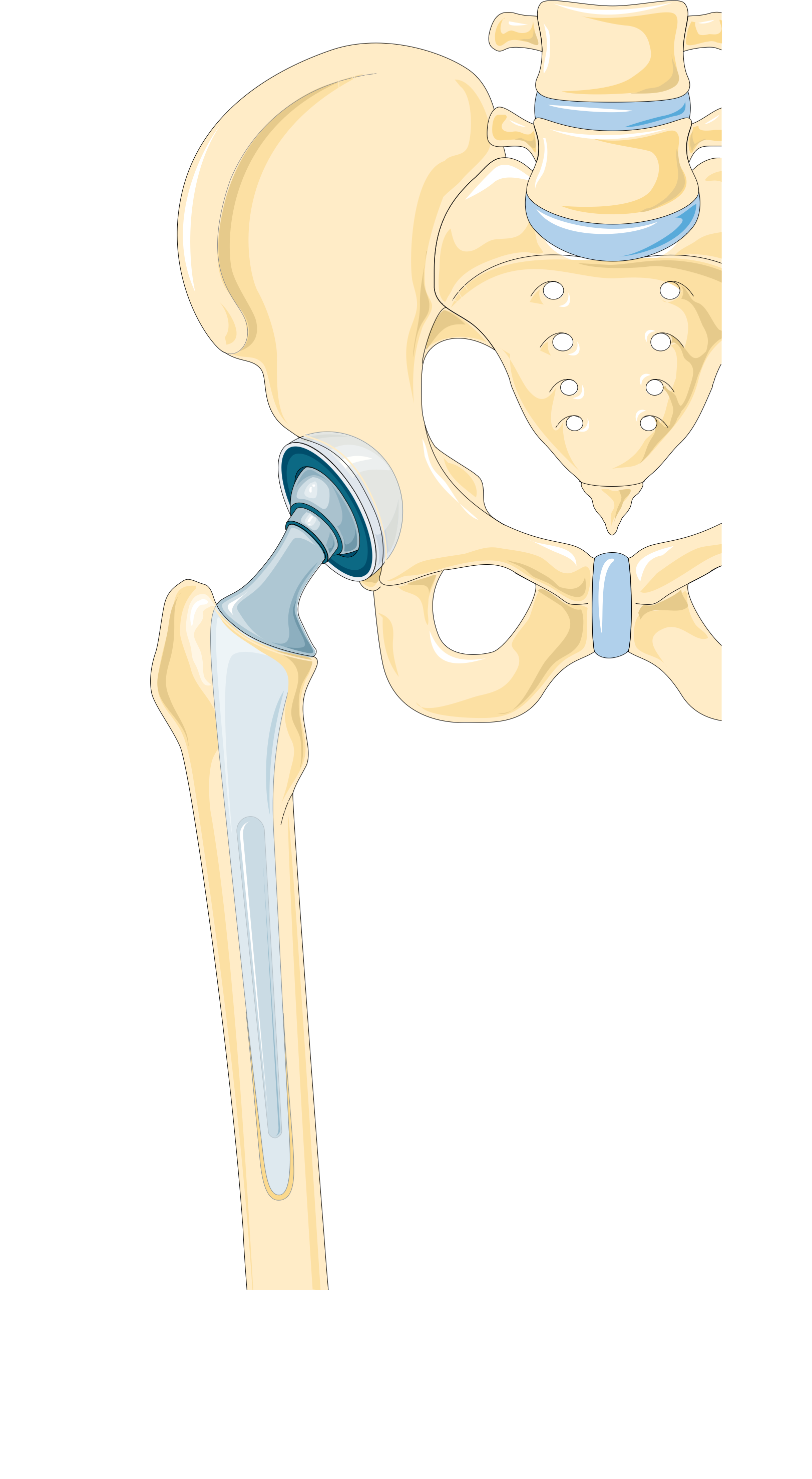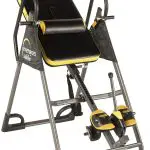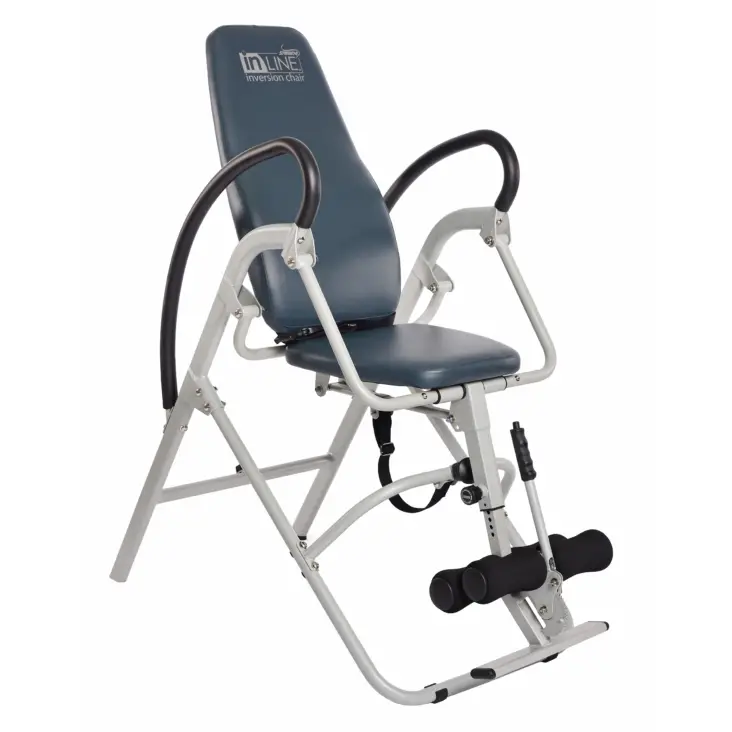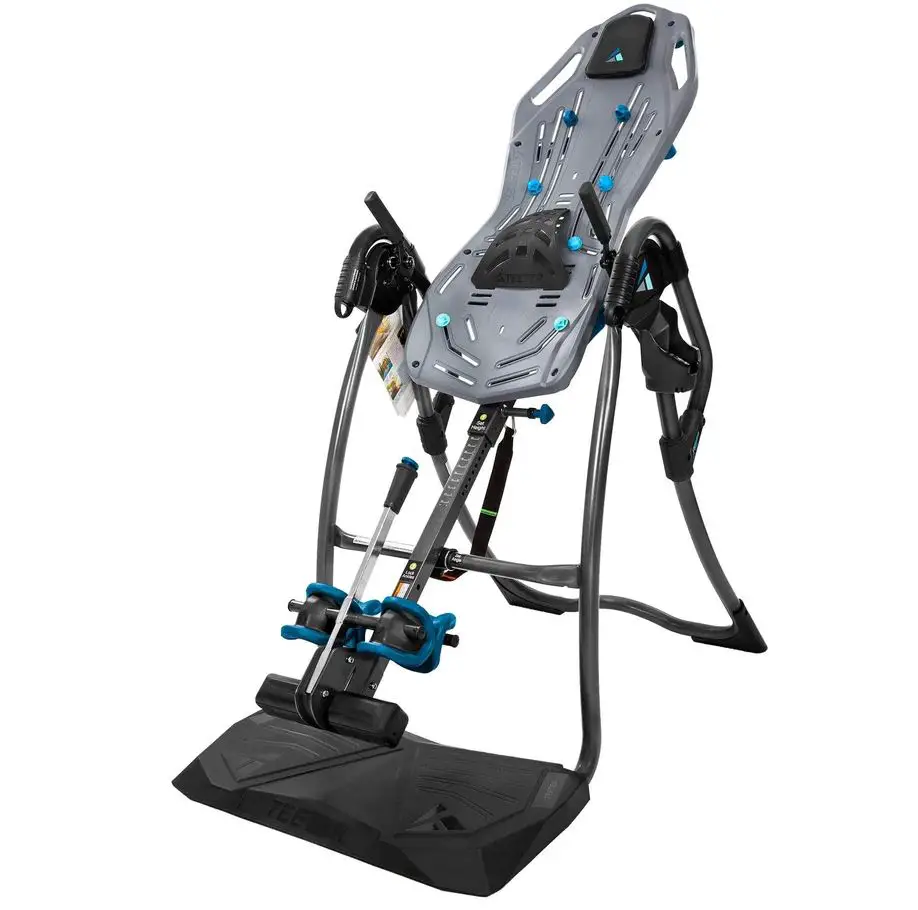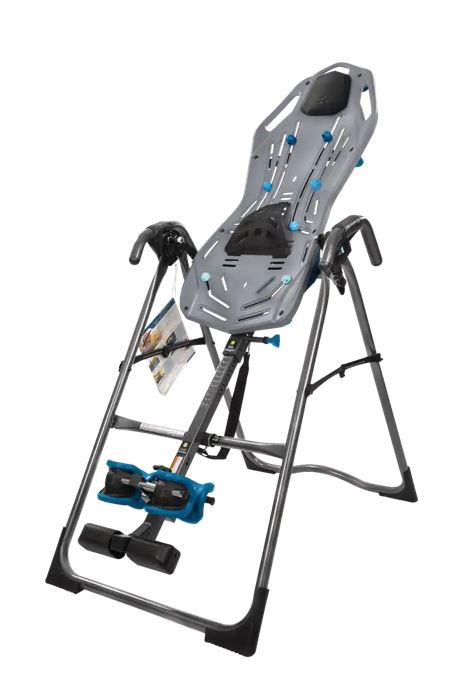It’s all relative. A total hip replacement isn’t recommended if you’ve already had one done. Inversion tables are fine if you haven’t undergone a full hip replacement, but you should consult with your doctor if you have.
Hip replacements might keep you out of action for a considerable period. In bed for long periods with little or no movement. Because of this, when you’re ready to get up and walk about again, engaging your muscles and hip flexors might be extremely tough.

The process of gaining and maintaining muscle mass must be repeated. A high-quality inversion table can speed up your healing process. As a means of promoting blood flow and maintaining muscle flexibility, inversion therapy may be useful. As a result, restoring strength and mobility might be made easier.
Inversion table after hip replacement
Once your hip replacement is complete, you will begin the process of healing and rehabilitation. The length of your recovery time will be determined by the complexity of the surgery and the severity of your symptoms. A full recovery can take as long as a year, though. After that long, you won’t be able to feel like yourself again.
A lot of people are familiar with the benefits of inversion treatment, which is especially beneficial for patients recovering after a hip surgery. That’s what we’ll discuss in more detail later. Take inversion treatment with a grain of salt for the time being. If you’re not careful, you could undo all the hard work that went into your surgery if you don’t use it properly.
Choosing the right time of day to begin inversion treatment is crucial. You should wait until you’ve recovered to the point where you can move around freely without any restrictions when the incision has healed and you’re not experiencing any hip pain in the morning. You may be ready for inversion therapy at this stage (with advice from your doctor).
SuperPath Hip Replacement And Inversion Therapy
As a new surgery, SuperPath hip replacement was not thoroughly considered when creating this article because it has not been in use for as long as the regular hip replacement has. What a lot of pressure! Our bodies are built to withstand the strain that comes from walking about, even if our upper bodies already exert a lot of gravitational pressure on our hips and legs.
Free-hanging weights are more severe because there is no support to lean on (like the floor or ground). Talk to your doctor and surgeon to see if an inversion table is right for you or if you should reconsider. It can be useful or completely prohibited, depending on the extent of your replacement.
Importance inversion table for hip replacement
Despite our desire to maintain a healthy and active lifestyle, it can be upsetting when we feel pain, particularly in our hips. In so many ways, this necessitates our attention. Inversion therapy, which makes use of an inversion table, is a common treatment for hip discomfort. It’s a common belief that inversion tables can alleviate hip pain.
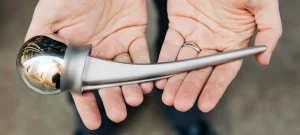
If you have groin strains, labral tears, an upset or damage to the hip surrounding muscles or arthritis, or bad posture or exercise, you may be experiencing pain in your hips. There is widespread use of inversion tables to treat patients in the medical field.
Nearly 75 percent of those who utilize an inversion table today in the United States avoid far-reaching medical procedures, such as surgery. In addition, just 23% of patients who have tried inversion therapy have required surgery. In other words, 77% of patients are spared the most traumatic alternative of surgery, opening the door to a full recovery.
When it comes to treating hip pain, inversion treatment is considered by many to be a particularly effective method. Several people, on the other hand, believe it isn’t as successful because of some disadvantages it has. Don’t draw any conclusions until you’ve thoroughly examined the information provided.
How inversion table works for hip replacement
There are a variety of modern inversion tables that allow the patient to hang either partially or entirely upside down. Hanging by the legs and looking down is an option. This is meant to help them get tremendous traction on their spine while also relieving their hip pain. The inversion table maker like Teeter, Ironman, or any other prominent brand designs the inversion table to ensure the user’s comfort and safety.
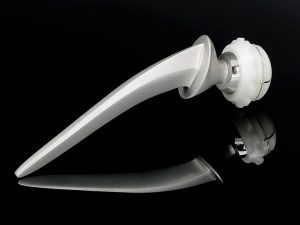
There are a variety of medical uses for inversion tables, such as treating the back, spine, hip, neck, and so on. Even without the use of prescribed painkillers, it will alleviate your hip discomfort. The inversion table works better than any medication.
Do inversion table work for hip replacement
Yes, without a doubt!!! There’s no doubt about it: Inversion tables are effective. Incredibly, gravity does all the work while you are hanging down, relieving your hip pain.
• Your hip and body joints are pulled, allowing you to relieve any collected pressure. As a result, your hip discomfort will be alleviated and you will feel more at ease.
• Hip joints may also expand and extend out as a result. With the option to invert at an angle of 45 degrees or higher, it’s easy to find the perfect setting for your needs.
• In addition to helping, you avoid hip pain, they can also assist you to solve spine-related issues.
• Traction therapy, such as that provided by an inversion table, can help reverse some of the harmful consequences of aging.
• The term “gravity-related” encompasses all conditions that can affect your spine and result in the groin or hip pain.
Conclusion
Don’t use an inversion table until you’ve fully recovered from your injury. Not even 90% of the time. If you must hang upside down, avoid the use of an inversion table at all costs. Take the time your body needs to become used to the new hip before you begin exercising again. Your body will thank you; we promise.
There is no way for you to grow strength and flexibility if you are still mending. You should use inversion tables with caution, but if your doctor tells you to, you should: they can help you retain your muscles as you regain your strength.
